How To Optimize a Coordinated Development Workflow
If your organization operates in tech, it probably relies heavily on a team of dedicated developers. Your developers need to collaborate with people throughout the organization to help the company reach its goals.
That process is easier said than done. Developers often need to use niche tools that aren’t relevant to other roles. Anytime someone needs to collaborate with them, they need to negotiate this tool difference. Add in the usual challenges of cross-functional collaboration, and you’re in for a difficult time. So how can you make sure your coordinated development workflow goes off without a hitch every time?
Working better together
A coordinated development workflow covers the interdependencies between developers and other teams. This can mean anyone in the organization, including marketing, sales, IT, and more. When your company depends on the work of your developers, every team needs to get comfortable working with them.
But this workflow doesn’t just benefit the people your developers work with. A development team needs to get quick answers to their questions as they arise. If getting input from a stakeholder takes weeks, work on a new feature or product can come to a screeching halt.
So how come developers so often seem to be working in a bubble?
This workflow without Unito
Communicating is already challenging when you’re having a one-on-one conversation with someone sitting right across from you. Imagine how much more complicated this becomes when you’re working across multiple teams?
Cross-functional work involves a host of other challenges. First off, each team has their own way of doing things. For instance, some teams might insist that support requests be made directly in a work management tool. Others have their own ad-hoc system of email, chat, and in-person check-ins. Maybe there’s a team at your organization for whom work won’t happen until there’s a meeting about it. Whatever the scenario, navigating these different methods of getting things done makes cross-functional work that much more difficult.
Know something else that keeps this workflow from working smoothly? Tool differences. Developers probably won’t benefit from the same tools that an HR rep or a project manager needs. Unless you’re forcing someone into another person’s tool — which you shouldn’t — you’ll be dealing with tool silos that keep important information locked into their specific platforms. Imagine trying to get work done when you’re switching from tool to tool, chasing down updates?
Where Unito comes in
To get this workflow right, your teams need a consistent way of getting things done and communicating. You can achieve this with a workflow management solution like Unito, no matter how many tools your teams are using. By combining a simple, drag-and-drop workflow designer with the market’s deepest two-way integrations, you can give everyone in your organization the ability to collaborate without navigating tool differences. Developers can keep using the tools they need without getting locked in, and the rest of your organization can still keep an eye on what’s going on.
That’s because Unito makes your tools work as one. Any changes made in one tool will be carried over to the other, with all the updates you need happening in real-time. If a marketer needs help, they can make a request where they work, it gets carried over to a developer’s tool, and the developer can respond without leaving their platform of choice.
Want to see how it works?
Creating better collaboration across GitLab, Jira, and Trello
Imagine a company that works on a suite of apps. Developers in this organization are continuously working on new features and bug fixes. But they often need input from other teams, like sales and support. On their end, marketers need regular updates to better plan their campaigns.
The developers at this company work in GitLab to handle version control while their team lead uses Jira to manage their work. The rest of the organization uses Trello. How can the development team lead facilitate communication to and from their developers without constantly switching tools or setting up meetings? By building their coordinated development workflow with Unito.
When this team lead first signs up, they’ll land on the workflow designer. There, they can add their first block of work — a catch-all term for the projects and boards they need to sync.
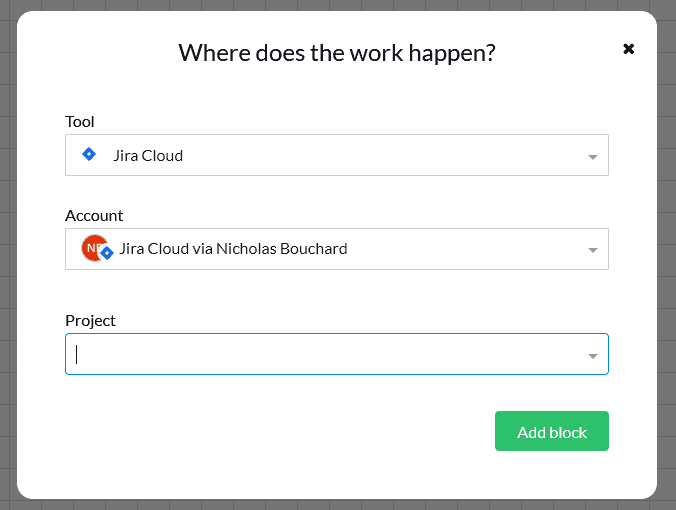
The team lead will add a block of work for their Jira project, then do the same for GitLab and the Trello boards used across the organization.
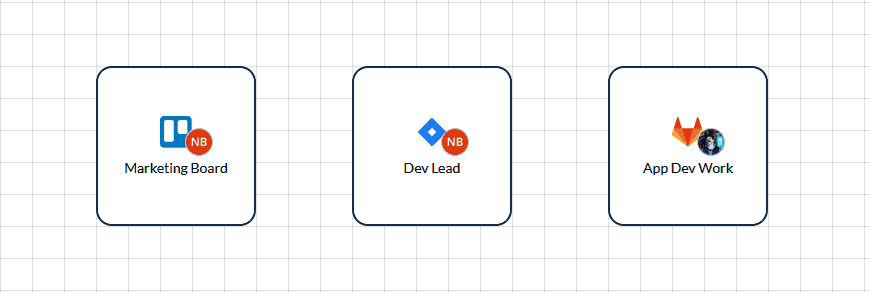
Once that’s done, the team lead can draw a line connecting each block of work, mapping out how they want information to flow across tools. For this workflow, information from GitLab doesn’t need to go directly to Trello. Otherwise, marketers might get confused when they see pull requests show up on their Trello boards. So here, it’s important to draw a line from GitLab to Jira, then Jira to Trello. You could have as many Trello boards connected to the Jira project as you’d like, but for this example let’s keep it simple and stick to one board.

Once the workflow is mapped out, our team lead will click on the plus signs on each line to create flows.
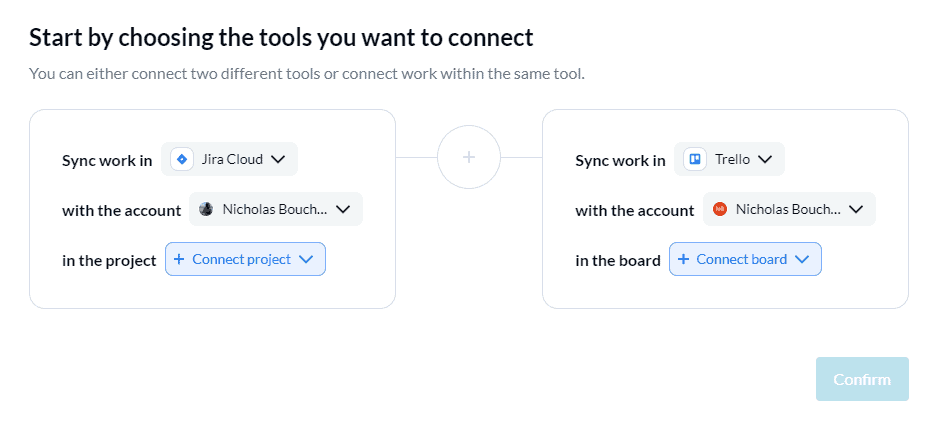
Unito’s default settings can handle many use cases, but there are two specific features our team lead will want to pay attention to here: rules and mappings.
Let’s start with rules.
Rules allow Unito users to control the flow of information between tools. That means certain work items can be excluded from a workflow according to different fields, such as assignees and labels. For this example, let’s say our team lead isn’t too concerned about filtering requests coming from GitLab, but they want to make sure they don’t get to Trello. Not a problem! All they have to do is create a label in Jira which they’ll apply to everything they want to wind up on a Trello board. Then, they can build a rule in Unito that mentions this label, and only Jira tasks with that label will be sent to Trello. That means our team lead can still keep an eye on everything going on in GitLab without worrying that it’ll get sent over to Trello.
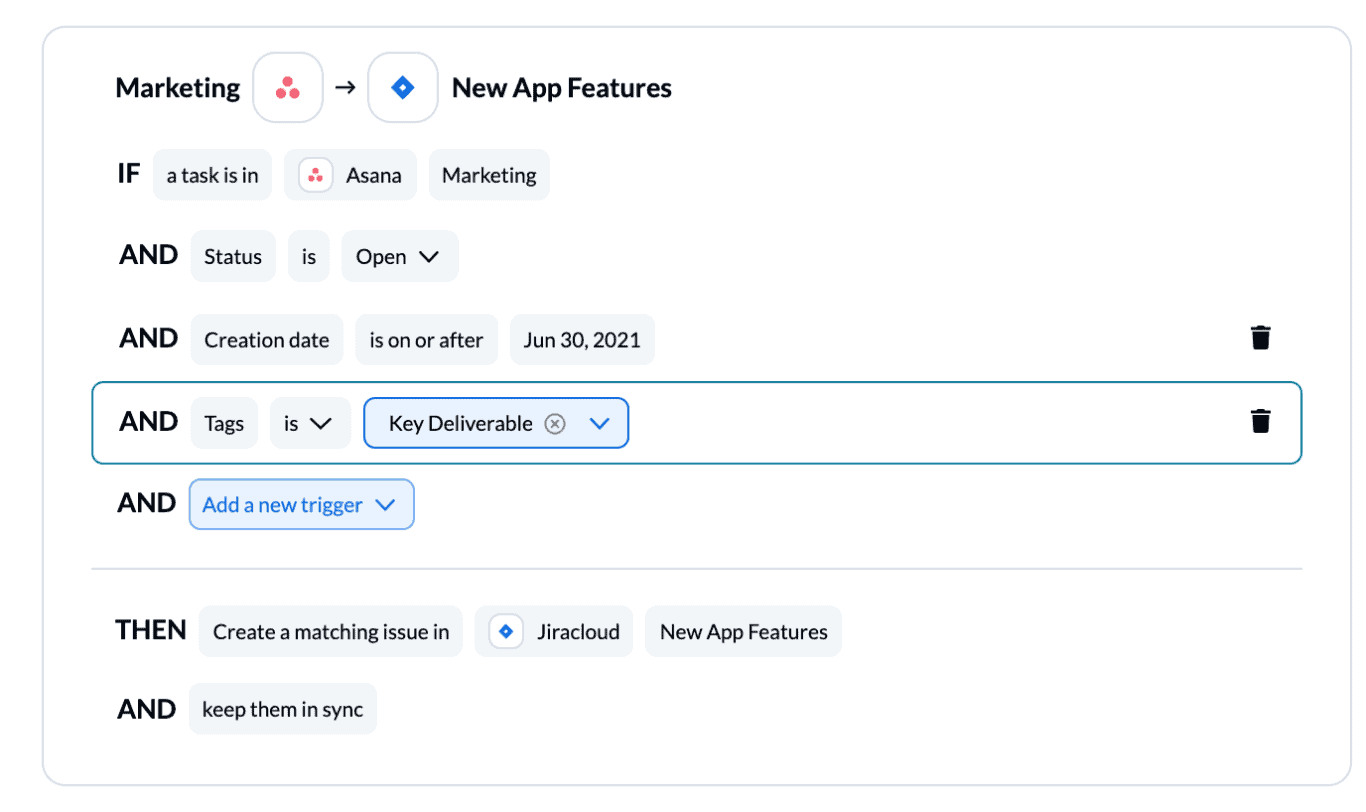
Next, our team lead has to make sure their mappings are on point. By default, Unito will make sure that work items automatically get sent to a list that matches their origin. So a card that starts in a “To Do” list in Trello would automatically get synced to a “To Do” section in Jira.
But maybe our team lead wants to keep everything coming from GitLab into a specific Sprint. That’s not a problem. At the bottom of the Rules tab is a section called Status and progress. By going to this section and clicking on the blue gear, our team lead can customize how work items travel between tools. They just need to choose the appropriate option from the dropdown.
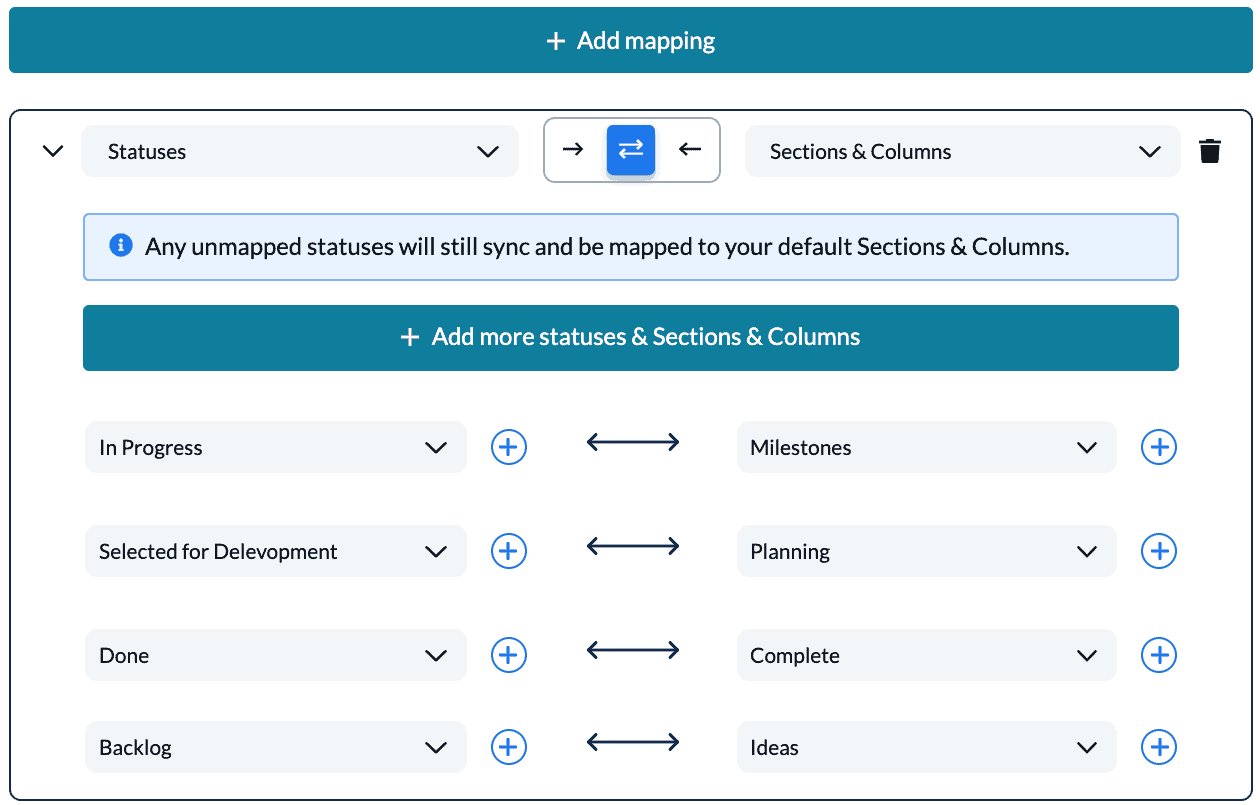
This is just a quick overview of what can be accomplished with a Unito workflow. With these settings in place, our team lead can be sure that crucial information from GitLab is sent to Jira for review. Then, they can filter through and pass on information that needs to reach the rest of the organization. Likewise, external requests can be sent from Trello and land in the team lead’s tool of choice. This means they can do what they do best — promote collaboration — without leaving Jira.
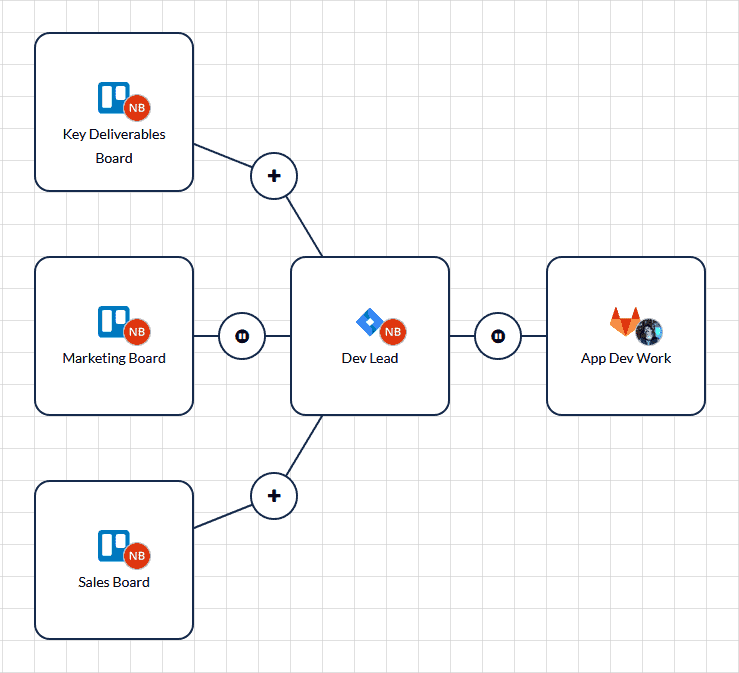
It takes coordination
When the fate of your organization depends on the work of your developers, you need to make sure they’re equipped to succeed. Part of that is making sure your coordinated development workflow actually allows them to collaborate with other teams without any headaches. By using Unito, you’re giving them the edge they need to make it happen.
What’s next?
- Ready to start? Try Unito free for 14 days!
- See the power of Unito in action.
- If you’re already subscribed to Unito, you could check out our related walkthrough content:


